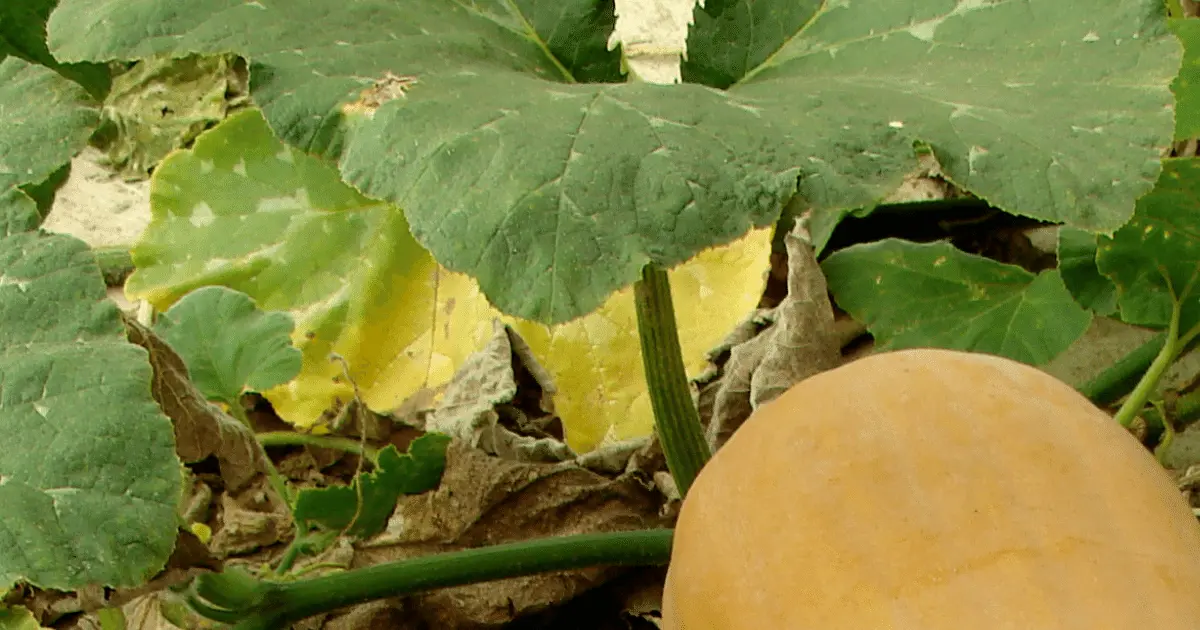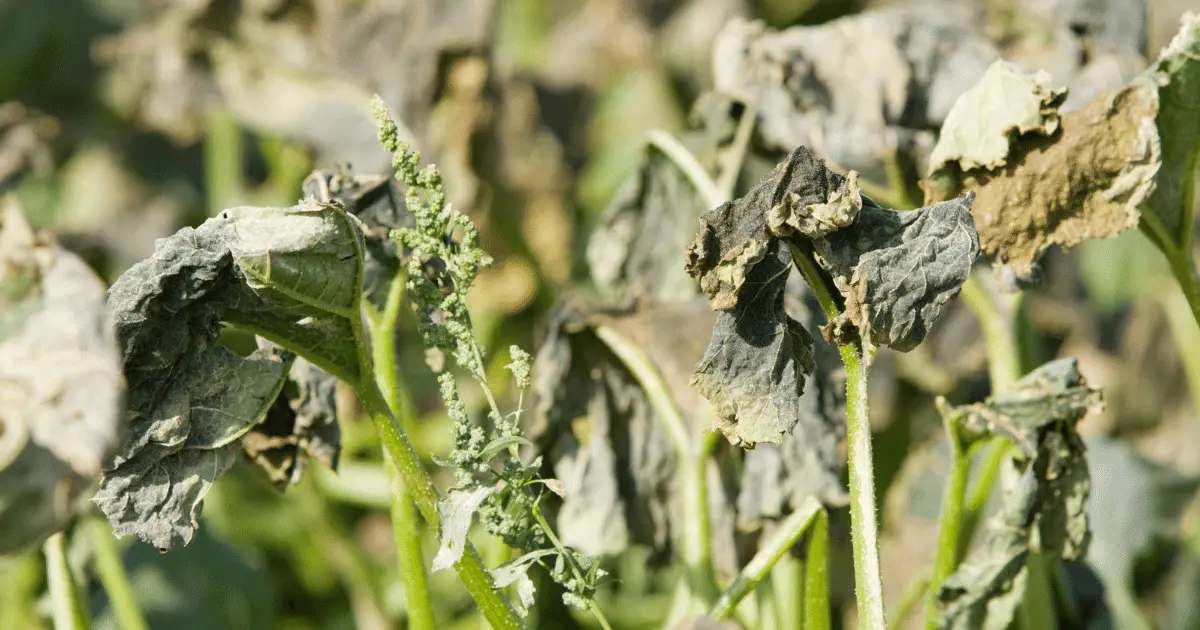I would only call a summer garden complete if I see some squash plants growing. It could be butternut, zucchini, butternut, or spaghetti squash, and a squash plant growing is always there.
Squash has peculiar needs, just like all vegetables. And if we do not meet those needs, the plant might fall ill and die. The right nutrients, sunlight, and water are required by squash to grow well. If there is a problem, your squash leaves will most likely be the first indicator of turning yellow.
Causes of Squash Leaves Turning Yellow and How to Fix Them

Imagine it’s the middle of summer, and your squash has grown. You observe that now the leaves are yellowing, browning, and dying. It may be one or more of several issues causing this. Here are some causes of Squash leaves turning yellow below:
1. Poor Nutrition
Your squash leaves may turn yellow because of a nutritional imbalance. To grow well and produce edible squash, the plant needs certain nutrients. Plentiful nitrogen, potassium, and phosphorus (NPK) are highly required. Squash plants need a good balance of these nutrients to stay healthy, and if it’s lacking in any area, it can cause the leaves to turn yellow.
How to Fix it
For particularly low phosphorus, try adding bone meal. Making your natural, all-organic NPK fertilizer is possible by mixing ten pounds of bone meal, ten pounds of feather meal, and two pounds of sulfate of potash.
Also, tend your squash carefully by ensuring that your soil is well fertilized during the planting period and throughout the summer is vital to healthy squash. Fertilizing regularly gives your squash the right amount of water.
2. Diseases Or Pests
It might seem less likely, but your squash leaves may turn yellow because of pests bugging your plant. Pests such as whiteflies, cucumber beetles, leafhoppers, squash vine borers, spider mites, and aphids are the culprit in chowing down on your squash with much enthusiasm.
Squash plants are also vulnerable to several diseases that can cause their leaves to turn yellow or brown. These include powdery mildew, mosaic virus, and downy mildew.
How to Fix It
If you suspect your plant has any of these, take action immediately to treat the problem using pesticides, fungicides, or neem oil. Your best bet for dealing with yellow squash leaves is preventative. Ensure that your squash is properly watered and fertilized, and they won’t likely succumb to pest problems.
3. Incorrect Watering
You may also notice yellowing on your squash leaves due to improper watering. Depending on how much water you give your squash, it may dry out too quickly or too quickly. Overwatering your squash plant can cause it to die.
The soil around your squash shouldn’t be soggy; it should be moist but not drenched—waterlogged squash and surrounding soil point to overwatering. Also, the soil may be largely compacted or is not draining properly. Not watering your plant for weeks will cause dehydration, and this can eventually kill the plant.
How to Fix It
At least an inch of water every week is needed for your plant; the soil has to be completely moist, 8-12 inches down, for the squash plant to be hydrated properly. But, if you live in climates where the summers are hot and dry, your squash will need daily watering. For already overwatered plants, allow a complete dry-out first and then follow a watering schedule depending on the climate.
4. Much Sunlight

While squash plants love the sun, too much can cause their leaves to turn yellow and brown, and crispy. The leaves can be detrimental to the plant if they get over eight hours of direct sunlight daily.
How to Fix It
Try to give them some afternoon shade. You can position the plant at a new spot in the room away from direct light or use some sheer curtains to diffuse the light.
5. Environmental Stressors
Extreme temperatures (either hot or cold), wind, or other stressful conditions can cause squash leaves to turn yellow or brown.
How to Fix It
Move your squash plant to a warmer position in your home. Take it away from drafty windows, openings, or doors that open to the outside. Protect your plants accordingly if you live in an area with harsh winters.
6. Poor Soil Drainage
Squash plants need well-draining soil to thrive. If your soil is too heavy or doesn’t drain well, it can lead to problems like yellowing leaves or root rot. Poor soil drainage can lead to overwatering, which is ultimately bad for the plant.
How to Fix It
Amend your soil as needed and ensure you’re not overwatering your plants. Add compost and soil to the area as much as needed to help soak up the excess water. Create channels of irrigation around the ground to aid the drainage of water. If your squash is in a plant pot, change the pot to one that has fitted holes and space for excess water passage. You can also carefully craft spaces in your pot for the same purpose.
7. Not Enough Light
On the opposite side of sunburn, yellow leaves can also show the lack of sunlight on the plant. When there is too little light, squash will react on a cellular level to conserve energy, which causes the leaves to discolor and yellowing.
How to Fix It
To know if lack of light is your issue, carefully observe if there is yellowing on one side of the plant—the side furthest from the sunlight. Then, move the plant to a position with better light, allowing it to photosynthesize normally.
Keep in mind that applying the fixes doesn’t miraculously solve the problem. The leaves on your plant don’t suddenly turn back to green. Some leaves turn to yellow and stay yellow, but don’t think you’ve also not done it right. You have.
Cut off the yellow leaves, as they aren’t adding to your plant’s health. Your squash will continually thrive and bear fruit depending on what was troubling your plant.
